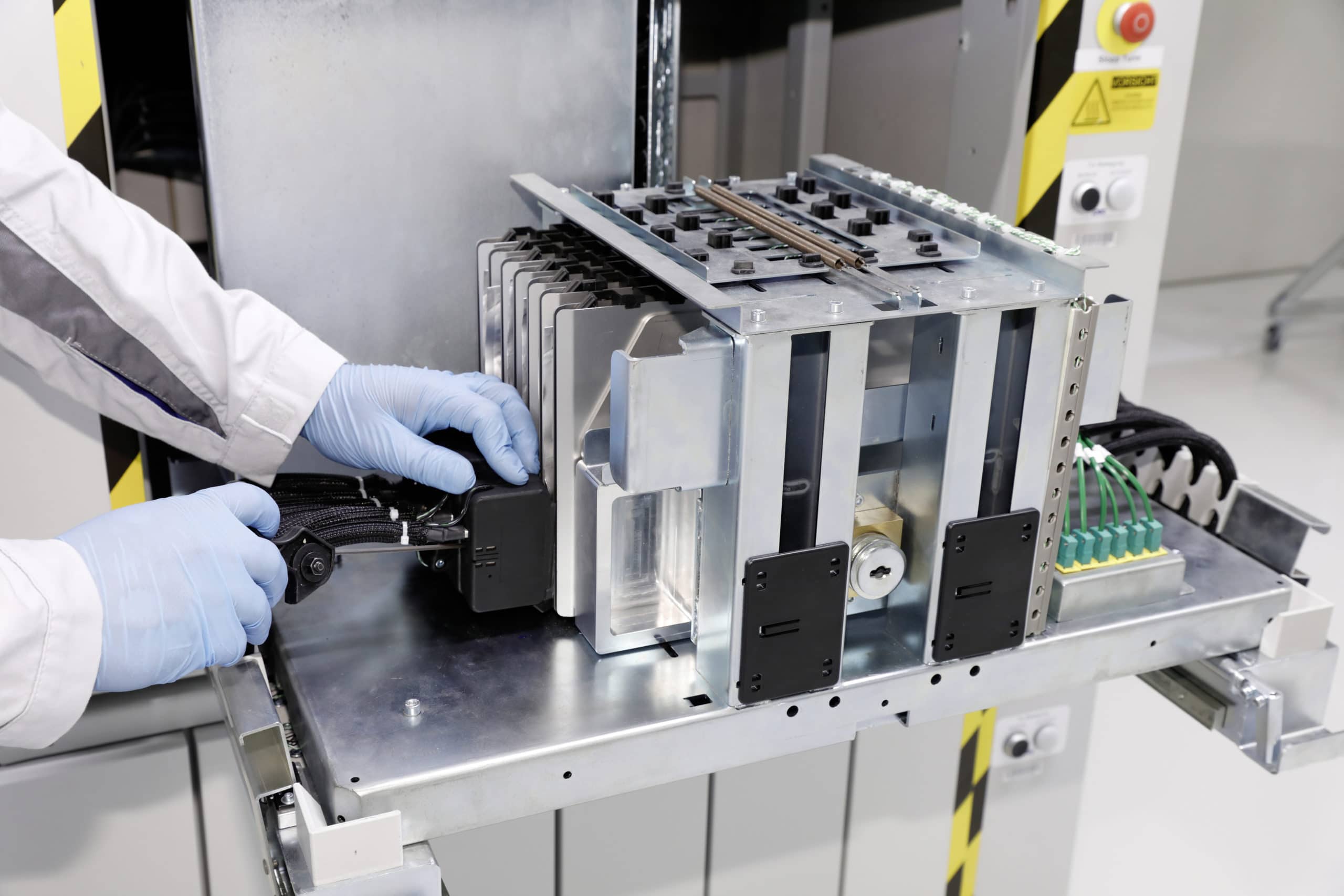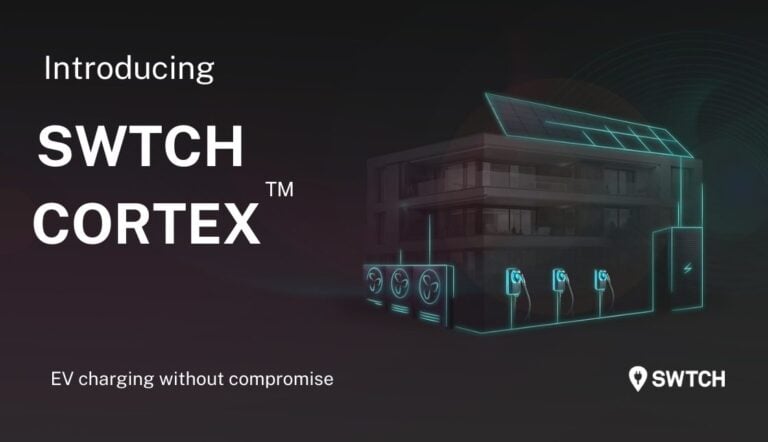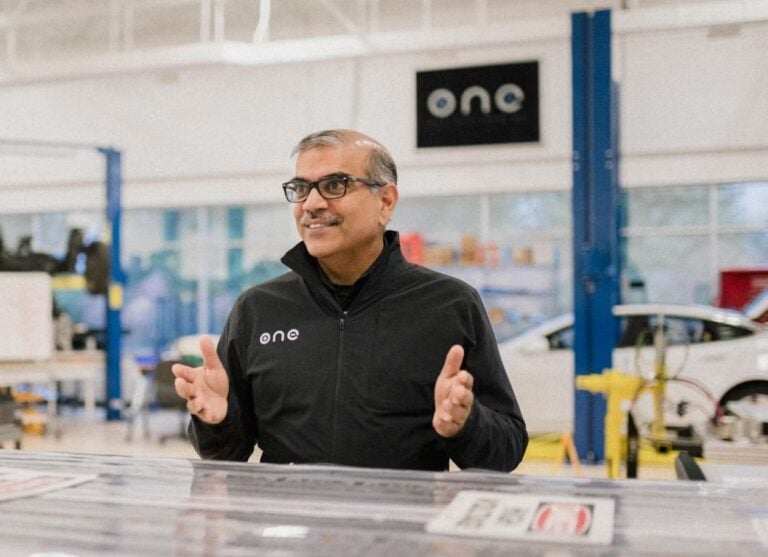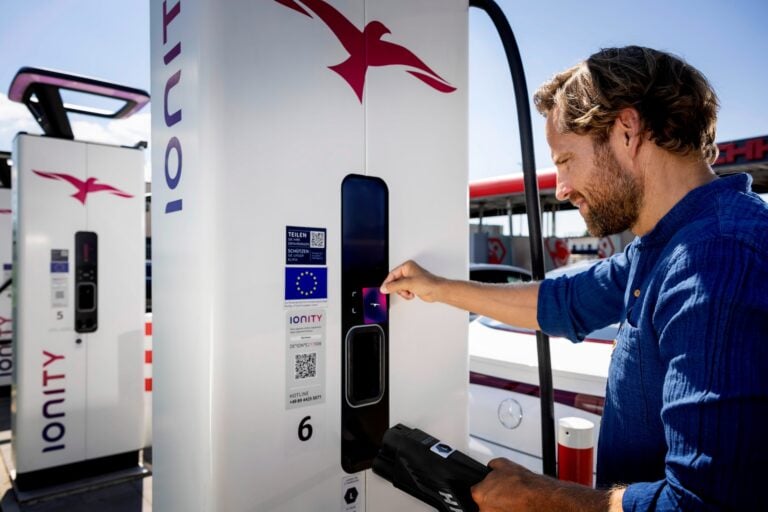Before any part gets put onto a vehicle, an automaker needs to know how long it will last and what role it plays in keeping the vehicle safe. That’s especially true for electric vehicle batteries and battery packs, the heart of the revolution to cleaner, zero direct emission driving.
To ensure all such questions have answers, Volkswagen Group Components has spent the past several years developing ways to ensure the electric vehicle batteries of today meet the standards owners will expect today and in the future.
“Volkswagen tests almost every conceivable case that could affect the battery system during a vehicle’s lifespan – from accidents to extreme temperatures,” says Michal Bruna, Head of Electronics Development and Testing at the Battery Development Center of Volkswagen Group Components in Brunswick, Germany.
“Every variant of an EV battery, including the software, has to prove its safety in more than 5,000 individual tests.”
You Might Also Like: Volkswagen Breaks Ground on U.S. Lab for EV Battery Development
Those tests include mechanical shocks such as those caused by curbs, railroad crossings or stone chippings. In a two-week vibration test, engineers simulate the life cycle of a vehicle of nearly 125,000 miles. In other tests, the battery withstands temperature shocks, such as those that can occur when driving through cold water, and checked for durability in different climatic conditions – temperature and humidity – with required charging and discharging currents. At the end, each battery system is disassembled and examined.
The complexity of an EV battery system requires several levels of tests throughout production. The Center of Excellence in Salzgitter tests the quality of the battery cells, and Technical Development in Wolfsburg tests the cell modules. The software and control units are tested automatically on so-called hardware-in-loop test benches. And in battery production, the functionality and safety of each battery is checked before it is delivered to the vehicle plant.
Battery electronics have to meet high safety standards. In the MEB electric vehicle platform, the battery is located at the bottom center of the vehicle, between the frame rails, with a protective metal shield – protected in case of an accident. Like other automakers, Volkswagen also offers free and easily available materials to first responders to help safely respond to an accident involving an electric vehicle, with directions for how to safely disengage power cabling around the battery and where to avoid cutting the vehicle.
“If the airbag deploys, the battery system is automatically disabled. It can only be started and recharged after a safety check,” Bruna explained
Beyond the labs in Germany, Volkswagen is also building a new battery test lab in Chattanooga, which will test the cells and packs that will power the U.S.-assembled versions of the ID.4 SUV when it begins production next year.








